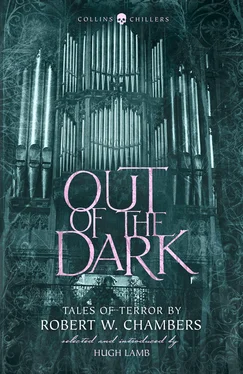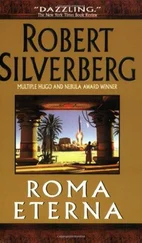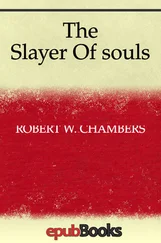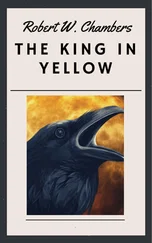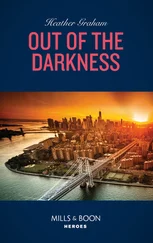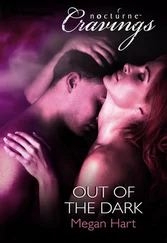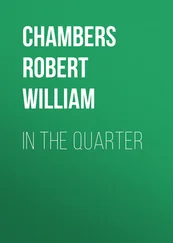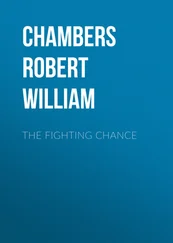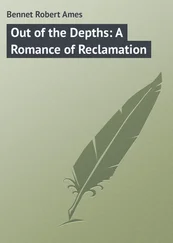HarperCollins Publishers
1 London Bridge Street
London SE1 9GF
www.harpercollins.co.uk
Collins Chillers edition published 2018
First published in Canada in two volumes by Ash-Tree Press 1998, 1999
Selection, introduction and notes © Hugh Lamb 2018
Cover design by Mike Topping © HarperCollins Publishers Ltd 2018
Cover photographs © Shutterstock.com
A catalogue copy of this book is available from the British Library.
This novel is entirely a work of fiction. The names, characters and incidents portrayed in it are the work of the author’s imagination. Any resemblance to actual persons, living or dead, events or localities is entirely coincidental.
All rights reserved under International and Pan-American Copyright Conventions. By payment of the required fees, you have been granted the non-exclusive, non-transferable right to access and read the text of this e-book on screen. No part of this text may be reproduced, transmitted, down-loaded, decompiled, reverse engineered, or stored in or introduced into any information storage and retrieval system, in any form or by any means, whether electronic or mechanical, now known or hereinafter invented, without the express written permission of HarperCollins.
Source ISBN: 9780008265366
Ebook Edition © October 2018 ISBN: 9780008265373
Version: 2018-09-04
This collection of stories by a New York author is dedicated, with great affection, to another writer from that city – my daughter-in-law, Margaret Reyes Dempsey.
Contents
Cover
Title Page
Copyright
Dedication
Preface
PART ONE: ORIGINS – 1895–1899
Introduction
The Yellow Sign
A Pleasant Evening
Passeur
In the Court of the Dragon
The Maker of Moons
The Mask
The Demoiselle d’Ys
The Key to Grief
The Messenger
PART TWO: DIVERSIONS – 1900–1938
Introduction
Out of the Depths
Un Peu d’Amour
Grey Magic
Samaris
In Search of the Great Auk
The Death of Yarghouz Khan
The Sign of Venus
The Third Eye
The Seal of Solomon
The Bridal Pair
In Search of the Mammoth
Death Trail
The Case of Mr Helmer
Bibliography
Acknowledgements
Also in this series
About the Publisher
Robert William Chambers, in his day one of America’s most popular authors, was born in New York, 26 May 1865, the son of New York lawyer William P. Chambers. The family were of Scottish descent. He had an early interest in art, studying at the Art Students League in New York, and in 1886 he went to Paris where he studied at the Academie Julien for seven years. He was accompanied by Charles Dana Gibson, destined to become one of America’s most celebrated portrait painters, who also illustrated some of Chambers’s books in later life.
When Chambers and Gibson returned to America in 1893, it was Gibson who got the lucky break into an art career. Chambers turned to writing instead. His first book, In the Quarter (1894), was based on his experiences in France. It sold fairly well, enough to encourage him to try his hand at a second book based on his French sojourn. The King in Yellow (1895) turned out to be an instant success and set Chambers on a writing career that lasted forty years. It was also one of the most successful books of the macabre, a genre to which Chambers would return only occasionally during his life.
Out of the Dark contains the best of Chambers’s work in this field, taken from books as far apart in publication as 1895 and 1920. By the time of his death on 16 December 1933, Robert W. Chambers had produced nearly 100 books (88 are listed in the British Library Catalogue in Britain alone). Sadly, only a very few dealt with the macabre.
PART ONE
The tradition of the American in Paris – the expatriate enjoying himself in one of Europe’s most appealing cities – goes back way beyond such luminaries as Henry Miller or Ernest Hemingway. So many Americans got to know the place as a result of the First World War that it was quite forgotten that others had been there before, under less trying circumstances.
When Robert Chambers and Charles Dana Gibson went there to study art in 1886, we must hope they had as good a time as Miller (while perhaps not so athletic). They stayed there for seven years, after all. What did come out of it was a book of tales of terror seldom surpassed in the genre, yet in its own way a very unsatisfying work, making the reader wish for more. Which statement just about sums up the writing career of Robert W. Chambers, as far as enthusiasts in this genre are concerned.
Chambers, despite displaying an early, unique talent for tales of terror, returned to them very seldom in later life. He was an astute writer, who knew what sold well, and produced the goods accordingly. Spy novels, adventure stories, society dramas, social comedies – if that’s what the public wanted, then Chambers was happy to oblige.
He was one of the authors featured in ‘How I “Broke into Print”’, an article in the Strand Magazine ’s November 1915 edition, and had this to say on his first major success:
My most important ‘break into print’ was with a collection of short stories of a weird and uncanny character, entitled The King in Yellow , which the public seemed to like. So flatteringly was it received, indeed, that it decided me to devote all my time to fiction, and so I have been writing ever since. I cannot say which of my books I prefer, because just as soon as I have finished a story I dislike it. I am continually trying to do something better, so that I presume my ‘best’ book will never be written.
The King in Yellow (1895) is at the same time one of the most enjoyable yet one of the most irritating books in the fantasy catalogue. At its best – as in ‘The Yellow Sign’ – it is genuinely scary, with original ideas seldom equalled. At its worst – as in ‘The Prophets’ Paradise’ (not included here: think yourselves lucky) it is obscure, pompous, and overwritten.
The title refers to a play, rumoured to be so evil that it shatters lives and lays waste souls. We never get to see much of it; in fact, this much-vaunted evil work doesn’t even appear in some of the stories. Where it does, as in ‘The Yellow Sign’ or ‘The Mask’, it adds untold atmosphere. Where it doesn’t, as in ‘The Street of the First Shell’ (again not included), then the book is a distinct let-down. At times, it is hard to see what Chambers is intending with this erratic book. While it is an indispensable part of any self-respecting horror reader’s library, I have to say that it does not live up to its reputation.
And yet, as strange as anything (and at a time when M.R. James was just starting his ghost story career), there comes a line in ‘In the Court of the Dragon’ which could not be more Jamesian:
… I wondered idly … whether something not usually supposed to be at home in a Christian church, might have entered undetected, and taken possession of the west gallery.
‘The Yellow Sign’ is by far and away the most reprinted story from The King in Yellow , and earned the praise of H.P. Lovecraft, among others. It very quickly conjures up an atmosphere of death and decay (count the words in this vein that appear in just the first few paragraphs) and, in the form of the church watchman, one of the genre’s most disturbing figures.
‘In the Court of the Dragon’ and ‘The Demoiselle D’Ys’ are lesser items, though ‘In the Court of the Dragon’ has its own scary church figure. ‘The Mask’ limply trails its fingers in the waters of science fiction, like so many tales from the 1890s. (An odd fact: Chambers mentions Gounod’s ‘Sanctus’ in ‘The Mask’, as a symbol of purity; Werner Herzog used the music over the closing credits of his film Nosferatu in 1979, a most un-pure film.)
Читать дальше
